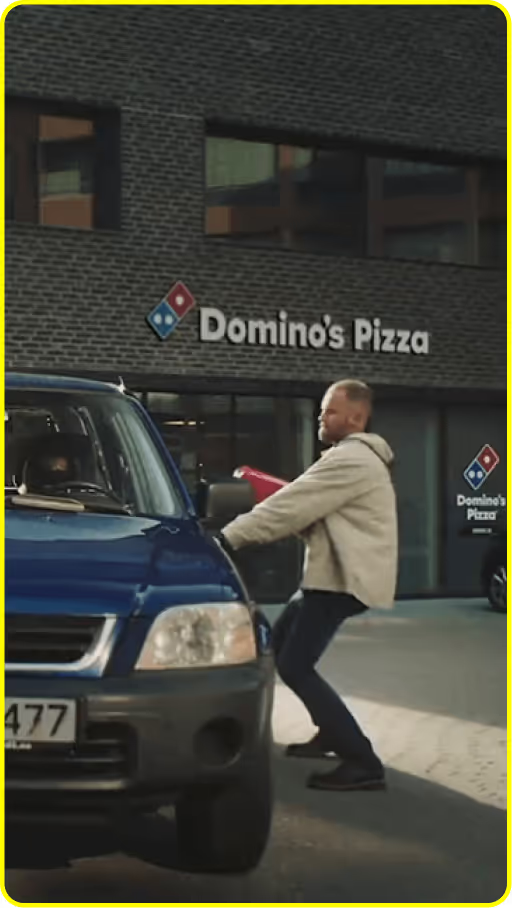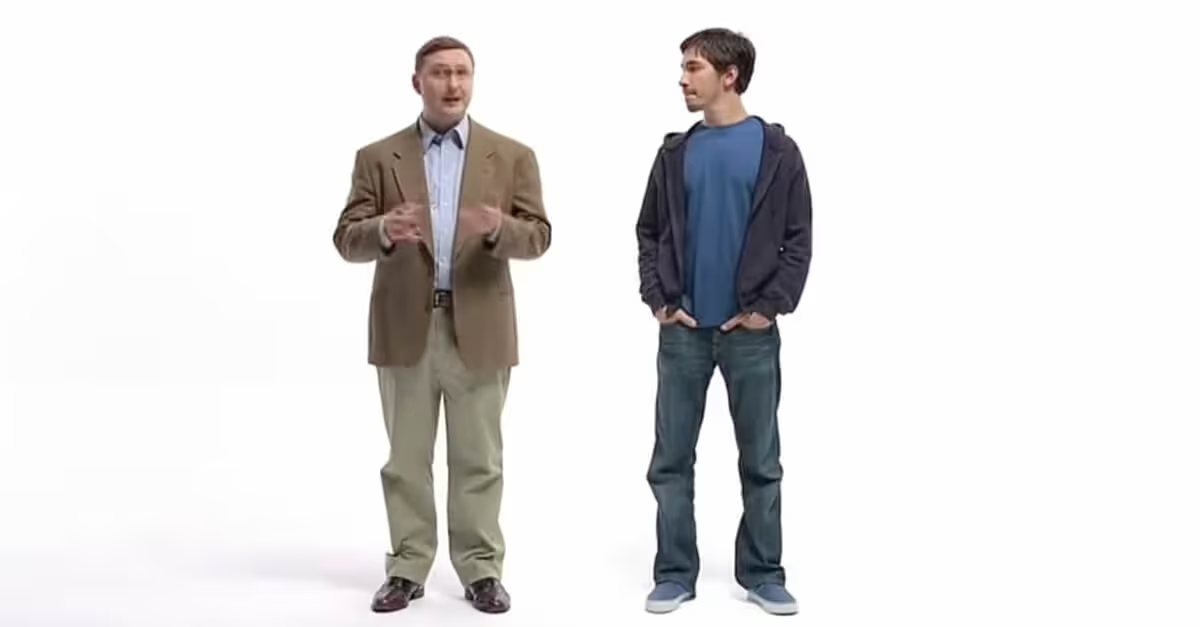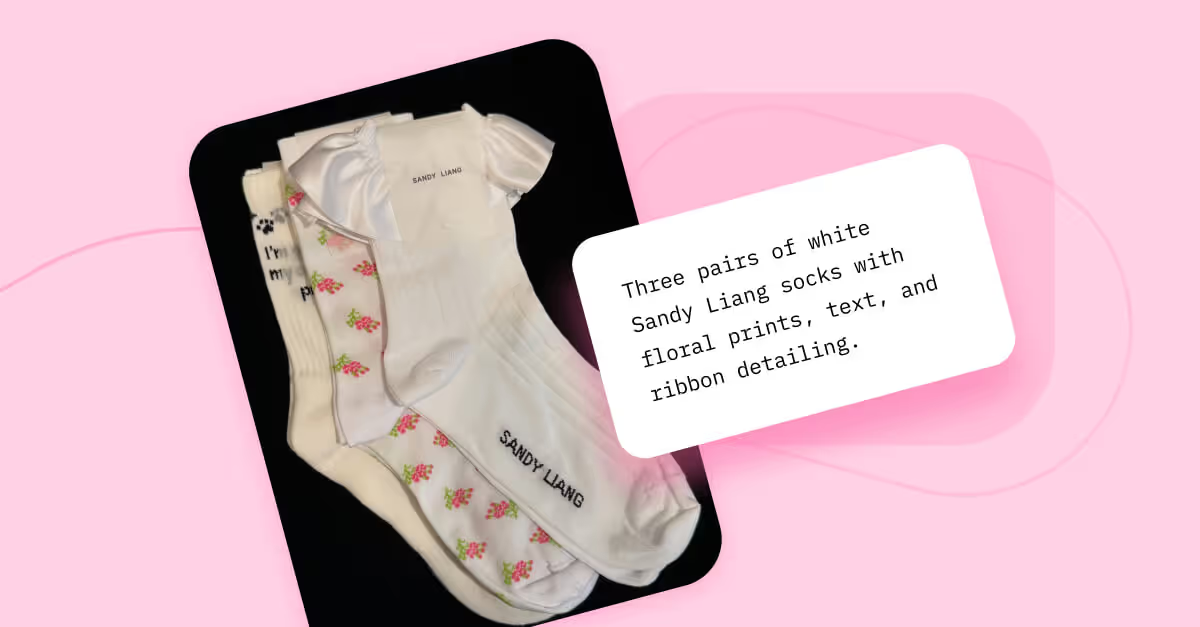Ultimate Guide to Snapchat Marketing
Snapchat isn’t just for teens. If your brand is targeting Gen Z, you should be on there.

Snapchat remains one of the top dogs in the social media industry. But what specifically is it about this platform that keeps it ultra-relevant and growing every single day? There are platforms that attempt to imitate, but they’re never able to quite perfect it the way Snapchat has. So, what exactly is that secret Snapchat sauce? Well, there are a couple of factors. The platform has never strayed too far from their original premise, branding, target audience, or overall functionality. This creates a longevity and lasting power that immediately appeals to users, as they know exactly what to expect, whether they’re using the app for the first time or are seasoned pros.
But what does this all mean for marketers? It means brands have access to one of the most powerful social media platforms in the world at their fingertips, and marketing on Snapchat is no longer a ‘nice to have’, it’s a necessity.
Key Takeaways:
- Snapchat is most popular amongst Gen Z and millennials, reaching the majority of the population between the ages of 13 and 34.
- Know your target demographic inside and out. Location targeting, working with the right creators are all enhanced when you know what makes your audience unique.
- Snapchat supports numerous ad types. Test and trial different options to see what is most compatible with your campaigns and content.
- While it may feel easy to get carried away, simplicity reigns supreme on Snapchat. Educate, entertain, and engage users to see the most conversions.
What Is Snapchat Marketing?
Snapchat marketing is when brands use Snapchat to promote their brand, products, services, or campaigns. This can be done through organic content creation, creator-led strategies, or through paid partnerships and advertisements. The flexibility of the platform affords brands many ways to reach their target demographic, and is perfect for brands whose audience skews on the younger side. In fact, Snapchat reaches 90% of the 13-24 year old population, and over 75% of 13-34 year olds in over 25 countries. This makes it one of the most (if not the most) effective platforms brands can leverage as a part of their modern social strategy.
Snapchat Marketing Tips
With the target demographic on Snapchat skewing on the younger side, that means there are many fun and different ways brands can market themselves on the platform. Below are just a few examples of how to make the most of your Snapchat marketing strategy:
Discover Your Audience
While the majority of Snapchat users fall into the Gen Z category, they are not representative of the entire user base. 453 million people use the app on a daily basis, meaning there are users from every demographic who are ready to be targeted by your brand; you just have to identify them.
Use Location Targeting
In the same vein as identifying your audience, it’s just as important to find out where they are. Location targeting is a game-changer as it allows brands to simply drop a pin if they have a specific region they want to target their ads to. You can also exclude regions you don’t want to include in your targeting campaign.
Adapt Tone and Format
Test cross-posting from Snapchat to other social platforms, but take note of engagement metrics and audience perception. See lower engagement metrics? This doesn’t mean you should stop repurposing content, but try adapting the tone and formatting to work for Snapchat’s native platform and audience.
Tap into Filters, Lenses, and Trends
One of the great things about Snapchat is the plethora of filters, lenses, and trends brands have at their disposal. While platforms like TikTok and Instagram experience heavy cross-over in relation to trends, Snapchat's highly engaged audience creates trends of their own that exist uniquely within the app and only within the app.
Create Interactive Shopping Experiences
Snapchat is the number one app where users talk about what they bought, priming the platform to be the perfect place to sell. This can be done through anything as simple as classic advertising to creating completely interactive experiences with World Lenses that allow users to see the product in action, in their space.
Prioritize Creator-Led Content
Snapchat’s private, close-friends feel makes influencer marketing content feel far less like branded ads and more like natural recommendations and conversations. Whether the content is hosted directly on your stories, or posted by the creators themselves, you should see a massive uptick in engagement from the creators' followers and fans.
Unlock Cross-Channel Amplification
Marketing on Snapchat (or any platform for that matter) doesn’t need to stop at Snapchat. Many brands promote their filters, lenses, or AR experiences across Instagram, TikTok, Facebook, or even email to help drive traffic between platforms and tell a consistent cross-channel story.
Create, Refresh, and Test on Repeat
Snapchat content is ephemeral. Because of this, it’s important to refresh creative frequently and A/B test which formats and content types move the needle best. This specific tip isn’t a ‘set it and forget it’ process, and should be a recurring part of your ongoing strategy for Snapchat.
Optimize With Snapchat Ads Manager
Snapchat Ads Manager is the platform’s built-in social media advertising feature that lets brands create, manage, and track ad campaign performance. Use this feature to your advantage by understanding exactly what types of ads are converting, and identifying and adjusting ones that aren’t.
Snapchat Ad Formats
Because of Snapchat's unique functionality, advertising is the best way for brands to ensure they’re showing up in front of their target audience. Luckily, the platform offers a wide range of ad types meant to fit every brand and strategy. Here are the seven different ad formats supported by Snapchat and how they work.
Sponsored Snaps
Sponsored Snaps allow brands to send Snaps directly to their target audience. The best part is that recipients can reply to these Snaps, which opens valuable dialogue between brands and their most engaged users. To ensure a single message isn’t missed, brands can set and enable auto-replies at any point in the campaign.
Sponsored Snap Requirements:
- File type: .mp4, .mov, .jpg, or .png
- Aspect ratio: 9:16
- Resolution: 720x1280
- Length: 180 sec max
- Recommended length: < 10 seconds
Single Image or Video Ads
Single Image or Video Ads are Snapchat’s more versatile ad type. They allow brands to reach new customers and make an impact by showing up in specific stories or within Spotlight ad placements.
Single Image or Video Ad Requirements:
- File type: .mp4, .mov, .jpg, or .png
- Aspect ratio: 9:16
- Resolution: 720x1280
- Length: 3-180 sec
Story Ads
With Story Ads, brands can curate a selection of images and videos that Snapchat users can click through at their leisure. This ad type is particularly effective at driving engagement and educating users on a specific product or service.
Story Ad Requirements:
- File type: .mp4, .mov, .jpg, or .png
- Aspect ratio: 9:16
- Resolution: 720x1280
- Video Length: 3-180 seconds
Collection Ads
Collection Ads are designed with shoppers in mind, allowing them to browse and buy products. Links on these ads can take Snapchatters straight to a brand’s shop or website for quick and easy purchasing.
Collection Ad Requirements:
- File type: mp4, .mov, .jpg, or .png
- Aspect Ratio: 9:16
- Resolution: 720x1280
- Video length: 3-180 seconds
Commercials
Commercials are Snapchat's only ad capability that is non-skippable (for the first six seconds). Brands should use this format for their most important brand messaging and product campaign launches to ensure the highest impact.
Commercial Requirements:
- File type: .mp4 or .mov (H.264 encoded)
- Aspect ratio: 9:16
- Resolution: 720x1280
- Length: 3-180 seconds, first 6 seconds are non-skippable
AR Filters
Brands can create interactive Snapchat Filters that users can then add to their own content. This Snap-exclusive format boosts awareness, increases engagement, and offers a unique and fun way for brands to enhance their social strategies.
Static Filter Requirements:
- .png files only
- Composition size: 945x2048
Dynamic Filter Requirements:
- .gif files only
- Composition size: 720px X 1560px
- Duration: 1 - 3 seconds
AR Lenses
Snapchat Lenses offer users an immersive experience by allowing them to experience brands' effects in 2D or 3D formats. This particular format offers brands endless creative opportunities to engage and convert users.
Lens Guidelines:
- Visible logo or brand name.
- Recommended logo placement is in the top right or left corner.
- A ‘Sponsored’ slug will appear when creating, but not in the final content.
If there is one piece of advice you take and run with for your advertising on Snapchat, no matter the format, let it be this: lean into authentic entertainment over promotion. This will keep users engaged and interested to build brand awareness, all without feeling like you’re trying too hard to push your product or service.
For full ad specifications and requirements, visit Snapchat’s Help Center.
Best Snapchat Marketing Campaigns and Lenses
Although Snapchat is known for its real-time feel, brands can still create impactful content that audiences return to. In fact, many of the world’s biggest brands have already shown how to stay consistently relevant on the platform.
Taco Bell’s Cinco de Mayo Lens
This specific Taco Bell lens is one of the most popular lenses to date on Snapchat, garnering over 224 million views in just one day. That’s equivalent to 12.5 years' worth of plays in just 24 hours. The concept was simple: turn users’ heads into taco shells, all while the restaurant's signature sound played in the background. The team at Taco Bell worked directly with Snapchat to guarantee perfection, and it paid off.
How to replicate Taco Bell’s success → While partnering directly with the Snapchat team won’t be possible for every brand, the lens's simplicity and concept are. Find ways to creatively overlay your signature products and sounds in a way that’s fun to use and instantly recognizable.

Domino’s ‘Bigger, Better’ Campaign
When building the campaign for their ‘New Bigger Better” pizzas, Domino’s turned to Snapchat for a fresh approach. The brand used a mixture of Commercials and Snap Ads to show that their new pizzas were so big, they almost couldn’t be carried. This casual and comedic tone resonated with users so much that it reached over 800K users in their target audience, making it one of their most successful campaigns on the app to date.
How to replicate Domino’s success → You can learn two things from Domino’s. The first is to experiment with different ad types on Snapchat and create a healthy mix to reach the most users. The second is not to take yourself too seriously. Snapchat users thrive off of humor, and love when brands do the same.

Gatorade Dunk Lens
The Super Bowl is marketers’ well.. Super Bowl. So much so, that the advertisements bring in just as many viewers as the game. Gatorade made sure to make their mark, not in the traditional way, but on Snapchat with a lens that allowed users to pour a virtual Gatorade cooler over others' videos. The lens drove over 160 million impressions, which is more than the 115 million people who tuned in to watch the game that year.
How to replicate Gatorade’s success → The success of this lens proves that brands do not need to plaster their branding all over a campaign to gain attention if you capitalize on an already viral moment or event. Focus more on the value of your advertisement or lens, then strategically place branding and logos where they make sense.

Snapchat Marketing FAQs
How do creators earn money on Snapchat?
Creators can earn money on Snapchat in several ways. The app offers a Monetization Program that allows users to share ad revenue from public stories and spotlights. Creators can also make money through brand partnerships, affiliate marketing, or even by selling their own products.
Would Snapchat be a suitable platform for my marketing campaign?
It depends. Snapchat functions very differently from other platforms like TikTok or Instagram, meaning it’s not necessarily as seamless to integrate into your existing strategy. That being said, Snapchat offers an incredible opportunity for brands that are specifically targeting Gen Z, as this is their most used platform.
What is the difference between Snapchat lenses and filters?
Snapchat lenses are 2D or 3D interactive content overlays, while Snapchat filters are static color adjustments or frames. Snapchat lenses are typically added before creating the content, or what the content is centered around, while filters are usually added afterward to enhance existing content.





